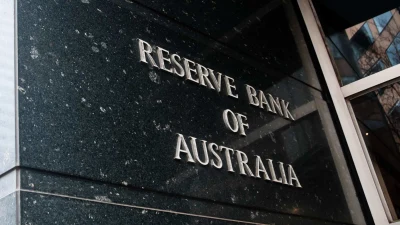Tax Office clamps down on trust definitions
From time to time, the trust deed of a superannuation fund or other trust may be amended. In some circumstances, the changes to the trust deed may result in a new trust being created. This can result in significant tax issues, including the ability of the trust to carry forward losses and potential liability to capital gains tax.
Recent changes to the Managed Investments Act require alteration to many trust deeds. The Government addressed the potential taxation problems by amending the Income Tax Assessment Act so that any changes to trust deeds as a result of MIA requirements did not result in adverse tax consequences, as reported in Money Management (June 10).
However, the problem extends beyond MIA changes and for many years, tax practitioners have sought a response from the ATO as to what will constitute a resettlement of the trust, that is, a newly created trust for tax purposes.
A recent case involved a superannuation fund which underwent a major restructure. The trust deed of the fund was amended to appoint a new trustee, change the nature of the trust from a defined benefits to an accumulation fund and to create 3 classes of members including the employees of the original employer who had established the fund. These amendments were made to enable the fund to be promoted as a public offer fund.
The Administrative Appeals Tribunal, which decided the case in November 1998, held that there was no new trust created as a result of these amendments.
Rather, there was a continuation of the original fund. This was on the basis that the original purpose of the fund (to provide superannuation benefits to the employees of the employer who had originally established the fund) still remained. The commissioner disagrees with this view and has appealed against this decision to the Full Federal Court.
Following hard on the heels of this case, the ATO has now released a document in which it outlines the circumstances where a resettlement will be deemed to have occurred. In summary, the ATO view is that there will be a new trust created where there is a fundamental change in the trust relationship.
Examples of where there can be changes to a trust deed, which are discussed in the ATO document are:
1. The addition or removal of beneficiaries
Where the change to the trust deed results in the creation of a new class of beneficiaries, the ATO view is that a new trust has been created. However, where the amendment merely changes the membership of an existing class, there will be no new trust created. Where a trustee has a very wide power of appointment, the ATO will only accept that there is a continuation of the existing trust where the power is exercisable in favour of a clearly defined group and the purpose of the trust is to benefit that wider group. For example:
A family trust has as its beneficiaries members of the X family. The trustee has a power to nominate new beneficiaries, which is not restricted to members of the X family and their associates. Members of the Y family are nominated as beneficiaries. In this situation, the ATO will regard a new trust to have been created since there has been a redefinition of the group of beneficiaries.
2. Extending the term of the trust
The ATO accepts that in most circumstances, the mere extension of the term or duration of the trust will not result in the creation of a new trust provided the deed allows a power to alter the termination date and the original trust period was not a fundamental feature.
3.A change in the trust property
Where a trust has a highly specific subject matter replacing the trust property with other assets may, in the ATO's view, constitute the creation of a new trust.
However, if the trust is drafted widely, so that the trust property is whatever investments the trustee holds from time to time, a change in investments will not result in a new trust estate.
Importantly, the ATO confirms that the long-standing practice of creating a trust by way of a nominal settlement with a later addition of trust property will not amount to the creation of a new trust. However, there will be situations where the ATO will take a different view. For example, where an inactive trust with negligible assets is revived with new property, a new trust may be created.
4. A change of trustee
The ATO takes the view that a change of trustee will not in itself result in the creation of a new trust.
5. Changes to the terms of the trust.
The general rule is that changes which are merely procedural will not result in a termination of the original trust and the creation of a new trust. For example, this couyld be a change in trustee or manager.
However, a change which alters the relationship between the trustee and the beneficiaries will be regarded as the creation of a new trust. For example, where the deed of a fixed trust is amended to give the trustee a discretionary power of appointment over the income of the trust.
Conclusion
The ATO document, which is being used within the ATO to settle outstanding cases on this issue is far from perfect. It is extremely general and many taxpayers may still need to seek a private ruling from the ATO where their situation is not clearly defined in the document. Also, there are a number of internal inconsistencies in the document and some of the legal conclusions reached may be questionable. The document doesn't discuss the tax consequences of a resettlement, only what constitutes a resettlement. However, taxpayers should take note of its content, since it does set out the final ATO view on the issue of resettlements.
<I>AnnaMaria Carey is tax principal at Greenwood & Freehills.
Recommended for you
The Reserve Bank of Australia (RBA) has lowered rates to a level not seen since mid-2023.
Financial Services Minister Stephen Jones has shared further details on the second tranche of the Delivering Better Financial Outcomes reforms including modernising best interests duty and reforming Statements of Advice.
The Federal Court has found a company director guilty of operating unregistered managed investment schemes and carrying on a financial services business without holding an AFSL.
The Governance Institute has said ASIC’s governance arrangements are no longer “fit for purpose” in a time when financial markets are quickly innovating and cyber crime becomes a threat.










